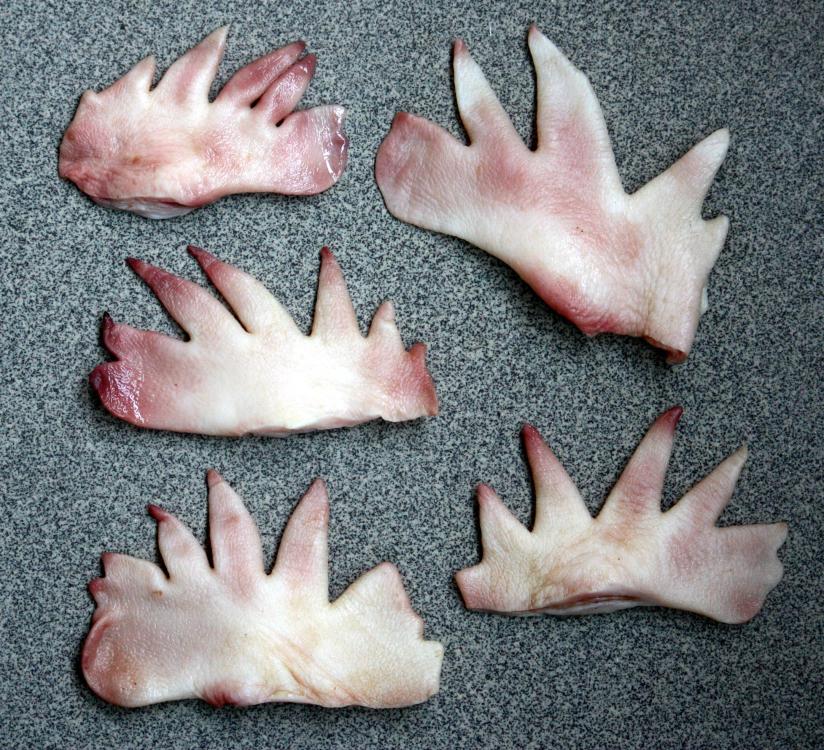One highly visible external part of poultry, you’ve probably never even thought of eating. Both the hens and the cocks have them but the cocks’ are much larger and more prominent.
I’m referring to the combs, that usually bright red crown they wear on their heads and which are believed to have evolved to aid in the choice of mates. They are often referred to as cockscombs as, due to their size, it only usually those of the male which are harvested and eaten in some cultures, including the one I find myself in.
Cock with Comb - Image by Muhammad Mahdi Karim licensed under the terms of the GNU Free Documentation License, Version 1.2
When I first came to China, I made a decision to start learning the language by studying menu Chinese, so that I could get myself a decent meal. One of the first words I learned was 鸡 (jī), meaning chicken. A few days later, I was in a restaurant and spotted the relevant character on a menu and thought I’d have some chicken for dinner. In no time at all, I was served a steaming hot plate of stir fried combs! I realised I still had a long way to go in my language learning endeavour. But I had learned another new word. 冠 (guān) meaning ‘comb’ in the anatomical sense. Stick the two together and you get 鸡冠 (jī guān) which was what I had failed to read correctly and was about to eat.
They were somewhat gelatinous, but richly flavoured and slightly gamey. The French used to use them a lot as garnishes for dishes and their neighbours, the Spanish and other Latin countries often added them to their salpicóns. Italy uses combs in their cibreo served with tagliatelle (of which more in another post to come). However, their use seems to have dramatically declined. In 2017, chef Antoine Westermann added them to his menu at New York’s Le Coq Rico. It perhaps failed to delight the locals as the place seems to have disappeared and their website is down. Anyone know if it is still alive?
One place you can find them is on the shelf of my local supermarket.
Cock's combs in Liuzhou Supermarket
They are often served as dim sum and the place I first ate them is still there 25 years later with the same dish still on the menu. Outside of China, nearly all combs end up in landfill or are used in pet foods. Pity.


.thumb.jpg.861874dafd3ece2b4f8f6e4b0d1ad013.jpg)




